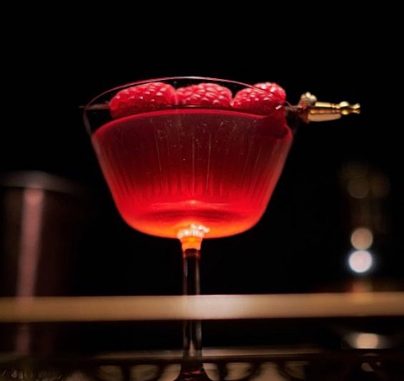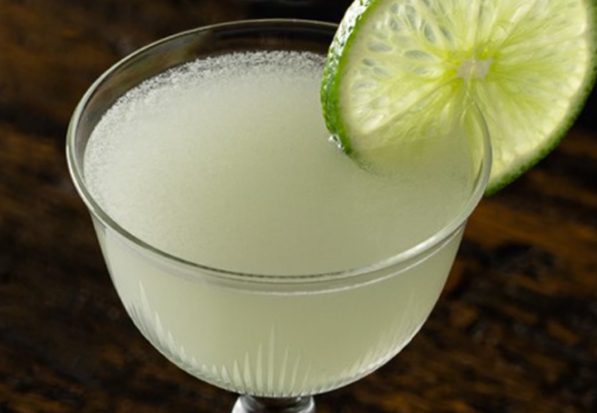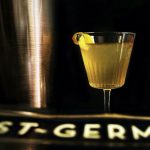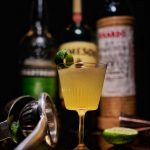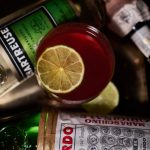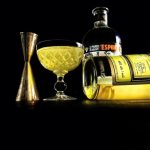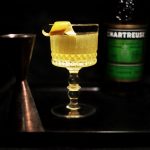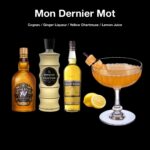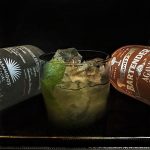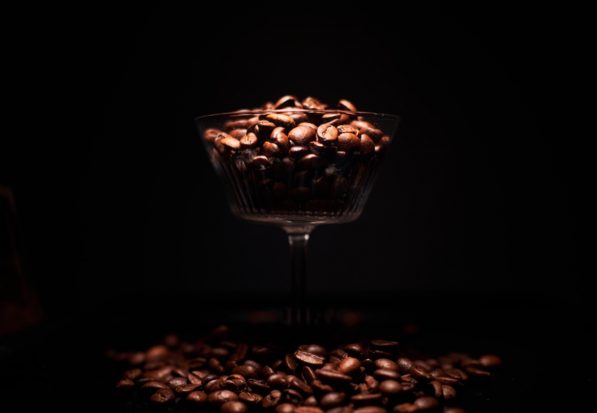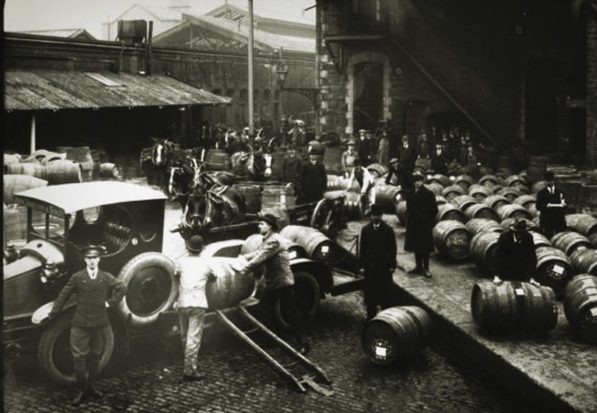Sometimes you come across a cocktail that, while famous in its own right, has actually been made more famous by the number and quality of the riffs or variations created from it.
The Last Word is just such a cocktail. A classic drink believed to have been created at the Detroit Athletic Club just after the beginning of the First World War, the Last Word has floated in and out of bar menus ever since. It, of course, got a little bit of play during Prohibition but quickly fell out of fashion until it was printed in Ted Saucier’s classic cocktail book Bottoms Up in the 1950s.
From there, it fell back into obscurity for half a century, and it wouldn’t be until cocktails entered their second golden age that the drink was discovered again. Resurrected yet again by Murray Stenson at his Zig Zag Café in Seattle in 2004, the pre-Prohibition classic took on a cult-like status as one of the first ‘old drinks’ rediscovered.
But it didn’t take long for the drinks newly found lustre to tarnish, as bartenders realised that this equal parts drink had ingredients that fought each other more than they harmonised. So as they do, bartenders started to play around with the ingredients.
Everyone produced a variation of the drink, from Sother Teague (and his Oh My Word) to Phil ward (with his Last Ward) and Sam Ross (with his Paper Plane) to Joaquín Simó (with his Naked & Famous), to name a few.
Sure the original may be a classic, but its riff were the true stars. Happily taking their place in the annuals of modern classics, these drinks have become just as (if not more) famous than the original.
These days, on cocktails menus around the globe, it seems that the children of the Last Word, rather than the original drink itself, are actually the ones that have been able to claim the last word.
